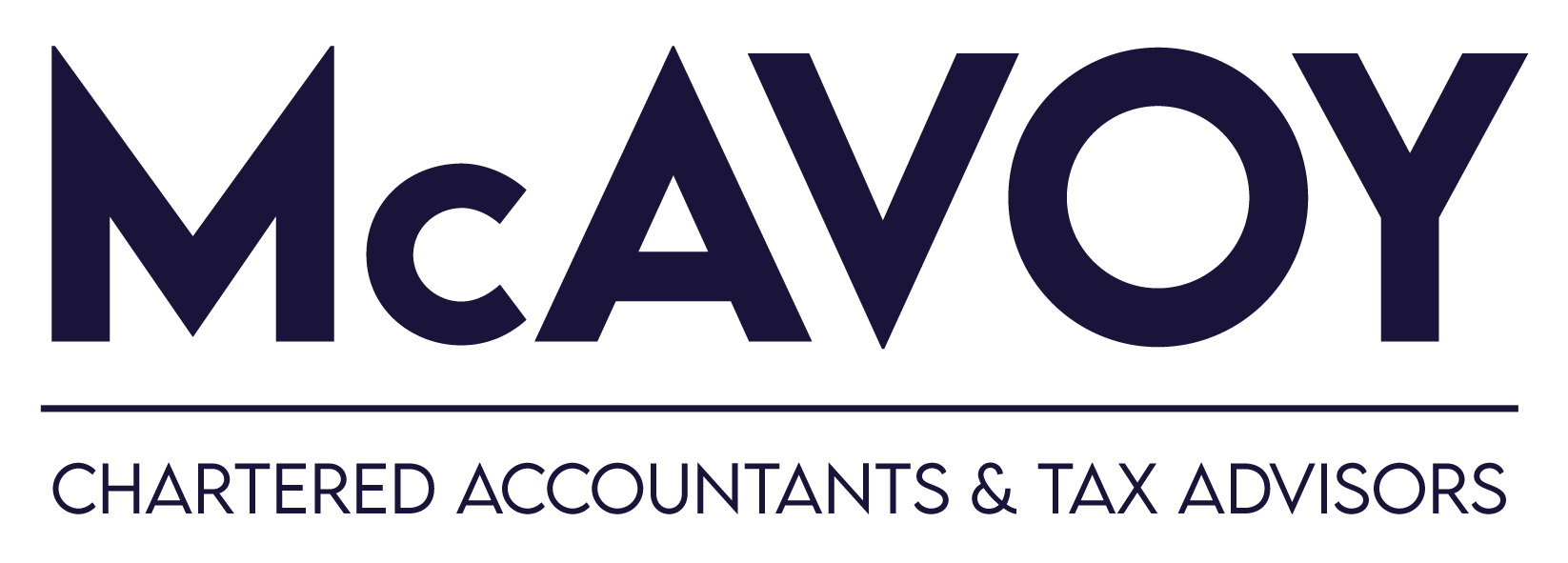
When a taxpayer makes a gain from the sale or transfer of their private company, there is potential for them to pay NO CGT or to pay a REDUCED RATE of CGT on their disposal. Under Irish tax legislation, provided certain conditions are met, this can be achieved by either claiming relief from CGT under:
- Retirement Relief (RR) or
- Revised Entrepreneur Relief (RER)
RR can provide full relief from CGT on the taxpayer’s disposal of chargeable business assets to a third party, where the sale proceeds are €750,000 or less.
RER can provide for a reduced CGT rate of 10% on gains arising on the disposal of qualifying business assets, subject to a lifetime limit of €1 million.
However, where a taxpayer operated his or her business as a sole trader prior to incorporation care needs to be taken as there is a major difference between the qualifying conditions for RR and RER.
How to account for the time a sole trader owned and worked in the business before incorporation.
The rules for RR take account of the time that the taxpayer spent working in his or her sole trade. This means that both the 10-year minimum ownership period for chargeable business assets and the time spent as a working director of the company (a minimum of 10 years with at least 5 years spent as a full-time working director) can be augmented by the time he or she spent working as a sole trader.
In contrast, RER does not take account of either the ownership of the business assets or the time spent working as a sole trader before the incorporation. Under current legislation, in order to claim RER a taxpayer must have owned at least 5% of the company’s ordinary share capital for a minimum period of 3 continuous years before the disposal. The taxpayer must have also worked in a managerial or technical capacity in the company on a full-time basis for a continuous period of 3 years in the 5 years immediately prior to the disposal.
Take, for example, the case of John Murphy: In 2024 John is aged 65 and is looking to retire. He has worked as a full-time IT Consultant for the past forty years. On 1 January 2022, John set up JM Consulting Limited and transferred his trade to the company and claimed relief from CGT under TCA 1997 s.600. Since then, John has worked as a full-time manager of the company’s IT trade.
By 2024 John has agreed to sell his business for €1,000,000. He would like to claim RER. Unfortunately, he has only held the shares for two years since incorporation. On this basis, he does not meet the minimum ownership requirements.
However, as he incorporated under the rules in s. 600, he can take into account his time as a sole trader to meet the 10-year minimum ownership and working time requirements so as to qualify for RR. Because the consideration from the disposal of the shares exceeds the limit of €750,000 John can claim marginal relief and will be subject to CGT of €125k (€250k x 50%).
This article considers only one aspect of the numerous conditions a taxpayer must meet to avail of Retirement Relief and Revised Entrepreneur relief. Anyone considering utilising these reliefs in exiting a sole trade or disposing of their company should take professional advice.
*This article is written in general terms and should not be relied on as a comprehensive summary of the relevant tax law. Advice should always be sought before any action is taken.
Seán O’Regan is a tax consultant of McAvoy & Associates, a Cork-based tax and business advisory firm.
E-mail: info@mcavoy.ie, Tel: 021 4321321


